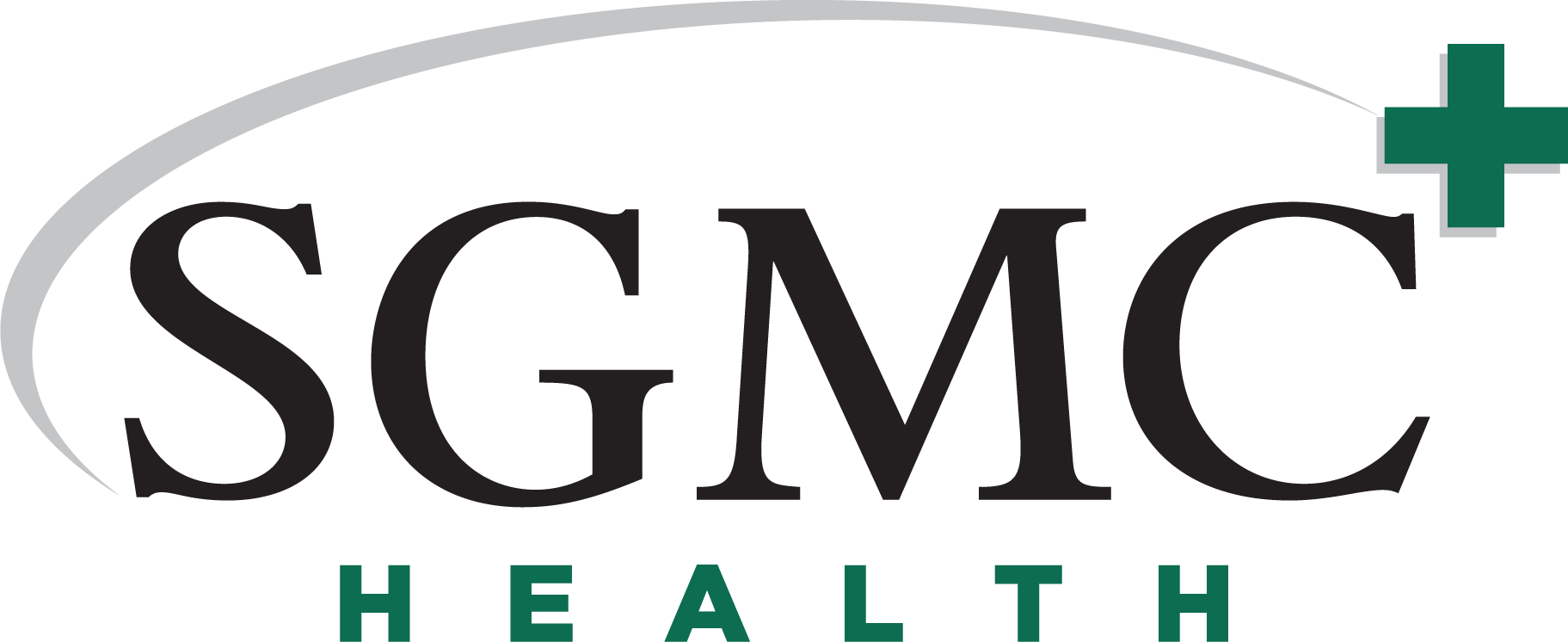4/25/2017
SGMC celebrates Medical Laboratory Professionals Week, April 23-29. MLPW provides the profession with a unique opportunity to increase public understanding of and appreciation for clinical laboratory personnel.Meet our Laboratory Professionals!
The Core Lab is part of the clinical laboratory responsible for testing patient samples to obtain results for the health of a patient pertaining to the diagnosis, treatment, and prevention of disease. This part of the laboratory is made up of these individual departments: Chemistry, Hematology, Coagulation, and Urinalysis. They test over 1,500 specimens in a 24 hour period every day!
The Blood Bank is responsible for meeting all the transfusion needs for SGMC and surrounding campuses. It provides products for 6,500 RBC transfusions, 540 Platelet Pheresis transfusions and 1,250 Fresh Frozen Plasma transfusions annually. In addition, the Blood Bank manages the tissue program involving some 1,500 implants annually.The Microbiology department is the fragrant, colorful, and unique department that studies microorganisms such as bacteria, fungi, and protozoa to help physicians treat patients with the correct therapies. The Microbiology team is hard working and believes in team work. Their job is to combat diseases, one microorganism at a time!
Point of Care is any lab test that is done at the patient’s bedside or outside of the laboratory. The POC team evaluate and monitor POC testing systems to ensure compliance with state and federal law. They also maintain inventory, maintenance of instruments, and semi-annual validations. They are responsible for training all current and new employees to maintain competencies.
Phlebotomists are trained to collect blood by venous or by capillary puncture. They are responsible for collecting all blood samples on patients in the hospital. Their main focus is correct patient identification and collecting the best sample possible for testing in the laboratory. They are the first step in accurate and reliable test results.
Histotechnologists prepare very thin slices of tissue samples and treat them with special stains depending on the diagnosis given by the surgeon. The pathologist then uses clinical laboratory data, patient clinical history, and the slides prepared by the histotechnologist to determine the patient’s final diagnosis. A transcriptionist then prepares formalized pathologist reports that are distributed to the patient’s chart and physician’s offices.Laboratory Managers are in charge of quality, data management, inventory costs, competencies, maintaining laboratory state and federal licensures, and ensuring regulatory compliance. The management staff of the laboratory is the team that focuses the entire lab towards great patient care as part of the health care team.
